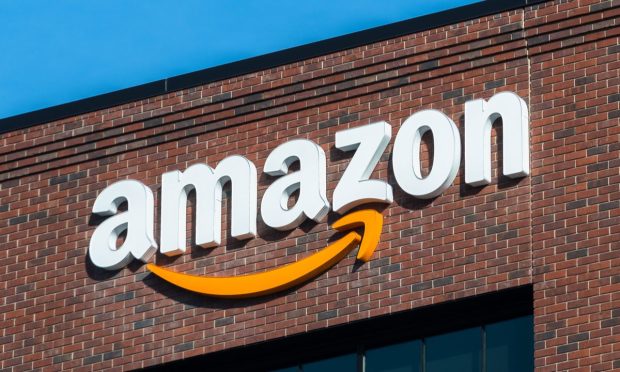Amazon Charters Private Cargo Vessels for Greater Supply Chain Control

Amazon has been looking to control more of the supply chain journey for years by making its own containers, chartering private cargo ships and more — moves which are now giving the eCommerce giant a leg up in the chaos of the 2021 supply chain world, CNBC reported.
Amazon is able to skip over the most congested ports via the private cargo vessels, according to the report.
The company has been spending a lot of money to attain its goals, including over $61 billion on shipping in 2020. That has aided it in now shipping out 72% of its own packages, an increase from 47% in 2019, per data from SJ Consulting Group cited in the report.
In addition, Amazon is taking control of making shipping containers, which are in short supply and suffering from massive price bloat, the report stated. The price is around $20,000, up from $2,000 before the pandemic.
Lauren Beagen, Squall Strategies founder and maritime lawyer, said in the report Amazon is “essentially guaranteeing that equipment is going to be available for them.”
In addition, Amazon is taking another route for some higher-margin goods by leasing planes to get cargo straight from China to the U.S., with one of them able to carry 220,000 pounds of cargo, according to the report.
The outlook isn’t all rosy for the eCommerce giant, though. Amazon has still seen a 14% rise in items out of stock. And prices have increased by 25% on average, per data from CommerceIQ cited in the report.
Amazon isn’t alone in trying to avoid the chaos of the supply chains, as other big companies like Walmart, Costco, Home Depot, Ikea and Target have also been chartering their own ships to get goods unloaded faster, the report stated.
Supply chain woes have led to more items than usual being out of stock during the holiday season.
Read more: Three Words Are Starting to Define Online Shopping 2021: ‘Out of Stock’
According to the Adobe Digital Economy Index, out-of-stock messages have risen 32% since June, with some of the highest since then being for apparel, sporting goods, baby products and electronics.
